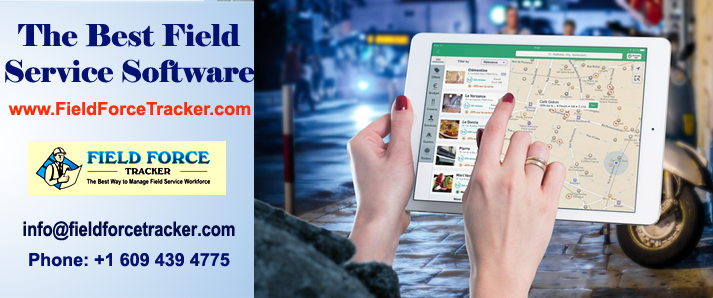1. Introduction to Field Service Management Software
- Definition: Introduce the concept of Field Service Management Software as a tool designed to streamline and optimize field operations for businesses.
- Importance: Explain the significance of using such software in modern business environments to ensure efficient service delivery.
- Key Features: Highlight some essential features of Field Service Management Software, such as scheduling, dispatching, and real-time updates, that contribute to its effectiveness.
2. Top Features to Look for in Field Service Management Software
- Scheduling and Dispatching: Detail the software’s capability to efficiently schedule tasks and dispatch technicians to various locations.
- Mobile Access: Discuss the advantage of enabling field workers to access the software via mobile devices for improved communication and productivity.
- Work Order Management: Explain how the software helps in creating, tracking, and managing work orders throughout the service process.
- Inventory and Asset Management: Describe the role of the software in tracking inventory levels and managing valuable assets.
- Reporting and Analytics: Highlight the importance of reporting tools for analyzing performance metrics and making informed decisions.
3. Benefits of Implementing Field Service Management Software
- Workforce Productivity: Discuss how the software enhances the efficiency of field teams, leading to increased work completion rates.
- Customer Satisfaction: Explain how the software improves service quality, reduces response times, and results in higher customer satisfaction.
- Cost Savings: Describe how optimized scheduling, reduced travel time, and efficient resource allocation lead to cost savings.
- Communication and Collaboration: Emphasize how the software fosters better communication and collaboration among field workers, dispatchers, and management.
4. How Field Service Management Software Impacts Customer Experience
- Seamless Appointment Scheduling: Explain how the software streamlines the scheduling process, reducing wait times and enhancing the overall customer experience.
- Faster Response Times: Detail how real-time updates and efficient dispatching lead to quicker response times for service requests.
- Personalized Service: Discuss the software’s role in providing technicians with customer history and preferences, allowing for tailored service delivery.
- CRM Integration: Highlight the benefits of integrating the software with Customer Relationship Management (CRM) systems to gain deeper customer insights.
5. The Role of Mobile Apps in Field Service Management Software
- Benefits for Technicians: Describe how mobile apps empower technicians with tools for task management, communication, and access to resources.
- Offline Capabilities: Explain the advantage of offline functionality, enabling field workers to continue working even in areas with limited connectivity.
- Real-Time Updates: Discuss how mobile devices facilitate real-time updates on job statuses, ensuring accurate information flow between field and office.
6. Integrating IoT and Emerging Technologies with Field Service Management Software
- IoT and Remote Diagnostics: Elaborate on how the software can integrate with Internet of Things (IoT) devices for remote diagnostics and predictive maintenance.
- AI and Machine Learning: Explain how artificial intelligence and machine learning algorithms optimize scheduling, resource allocation, and predictive analytics.
- Augmented Reality: Detail the use of augmented reality for remote assistance and training of field technicians.
7. Factors to Consider When Choosing the Right Field Service Management Software
- Scalability and Customization: Discuss the importance of choosing software that can grow with the business and be tailored to specific needs.
- Integration: Highlight the need for seamless integration with existing systems like CRM, Enterprise Resource Planning (ERP), and more.
- User-Friendly Interface: Emphasize the significance of intuitive interfaces to ensure ease of use for all employees.
- Vendor Reputation: Stress the importance of selecting a reputable vendor known for reliable software and quality customer support.
8. Implementing Field Service Management Software: Best Practices and Tips
- Smooth Transition: Offer tips on managing the transition to the new software, including gradual implementation and adequate training.
- Training Strategies: Provide insights into effective training methods for field teams, ensuring they are proficient in using the software.
- Continuous Improvement: Discuss the need for ongoing evaluation and adaptation of the software to evolving business requirements.
9. Future Trends in Field Service Management Software
- Automation and AI Advancements: Predict how automation and AI technologies will further enhance the software’s capabilities, leading to even more efficient field operations.
- Remote and Virtual Capabilities: Explore the potential expansion of remote and virtual field service options, enabled by advancements in technology.
- Analytics Evolution: Discuss the evolution of analytics tools, enabling data-driven decision-making and greater insights into field operations.
How Field Service Management Software Boosts Customer Satisfaction




